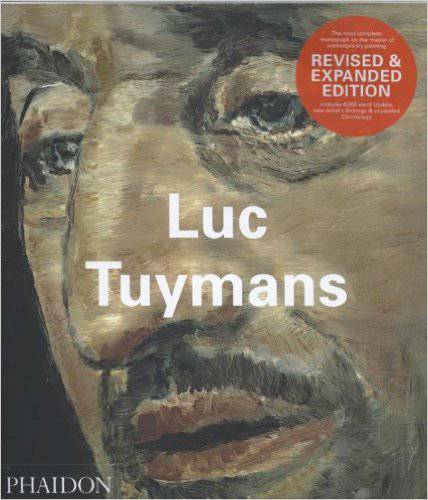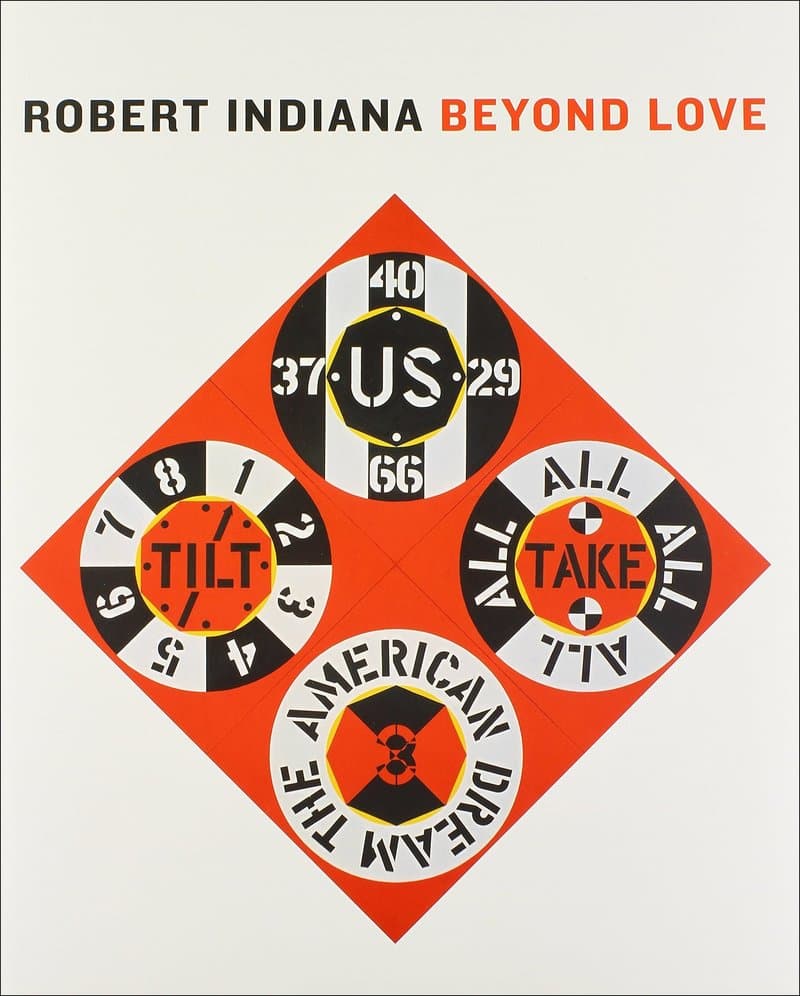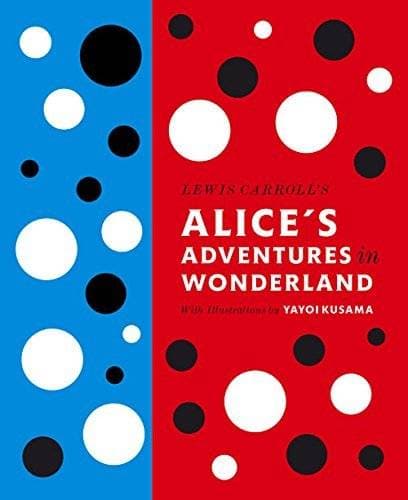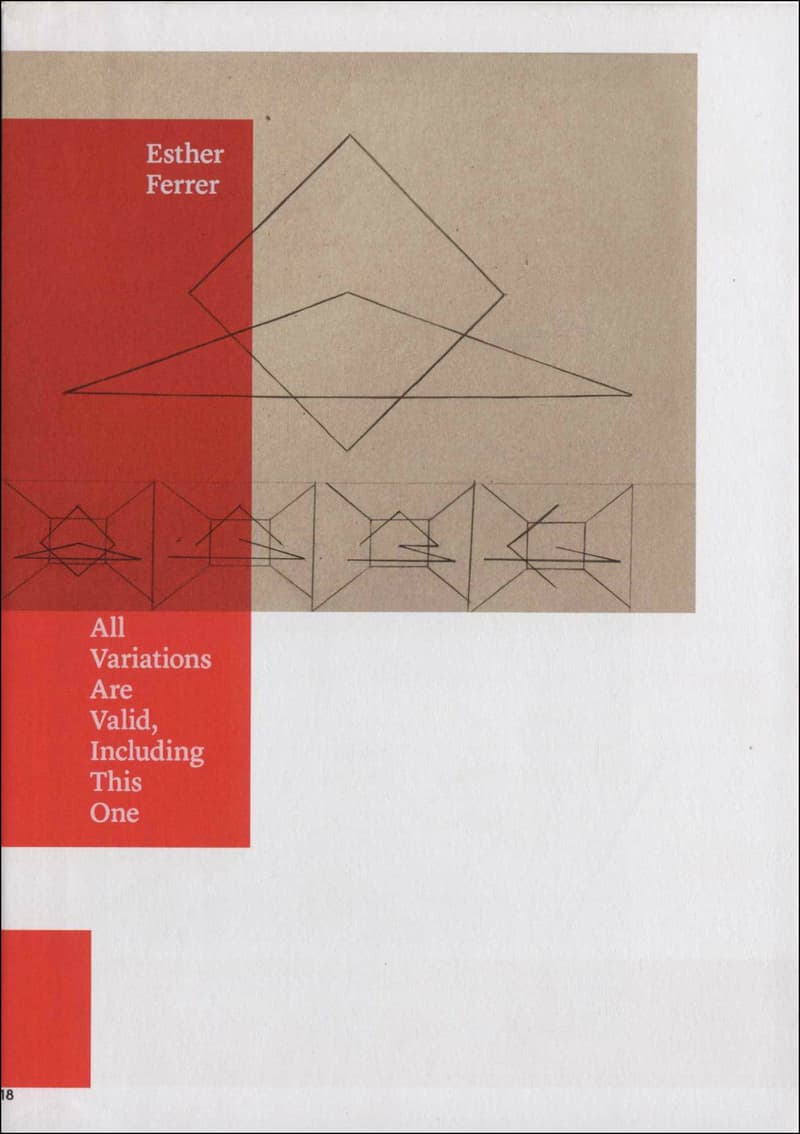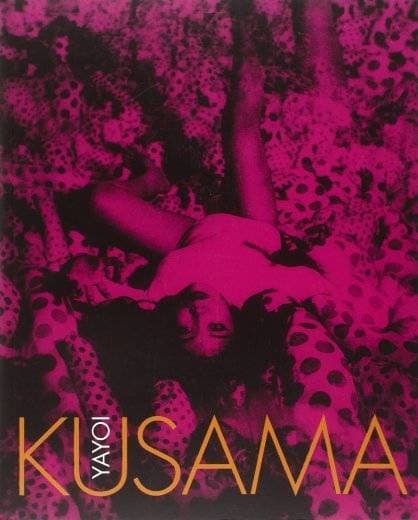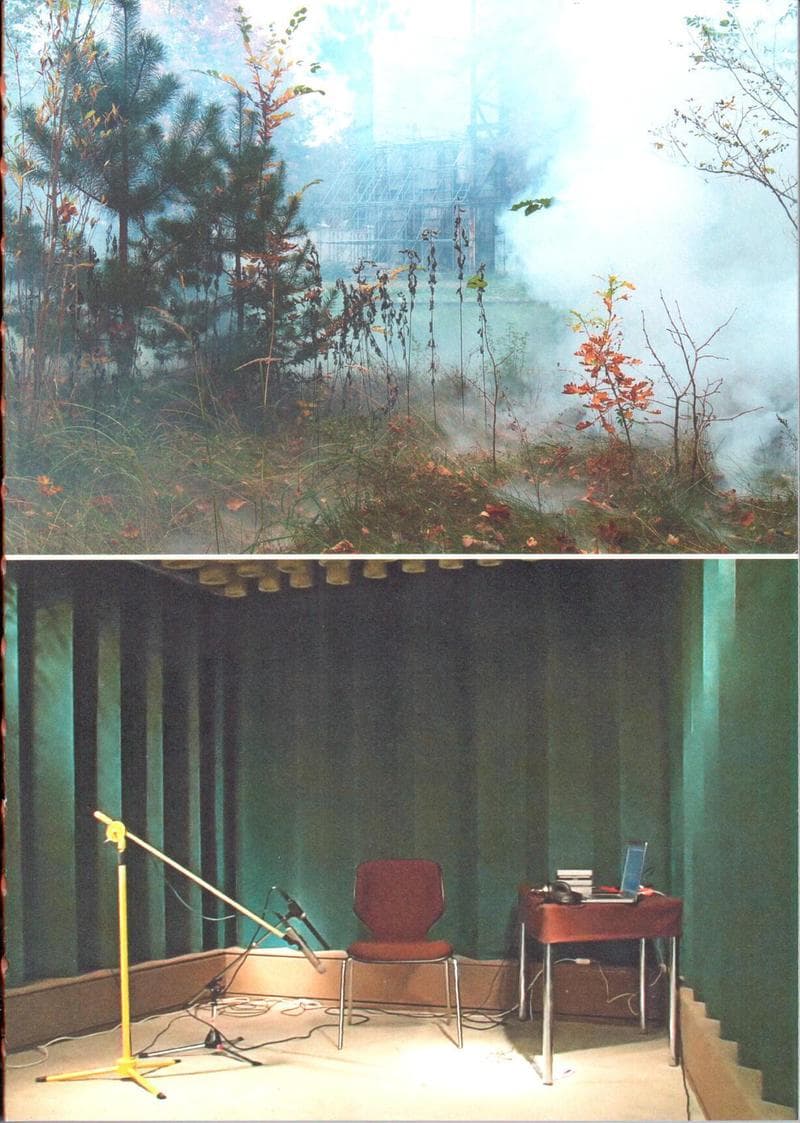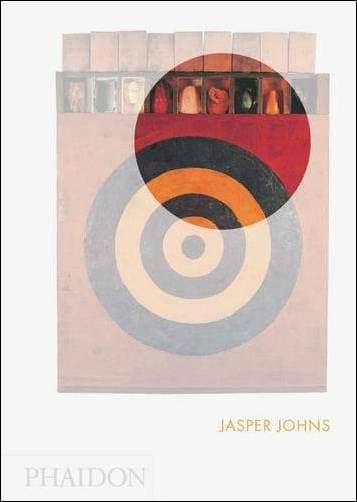Luc Tuymans
Tuymans' monochromatic palette and his choice of subject matter — domestic interiors, commonplace objects and family portraits — link painting with post-war filmmaking and amateur photography. The sources of images on many of his canvases give his work a brooding violence. Although modest in scale and sensitive in execution, his work is powerful in its haunting evocation of lost lives and repressed histories. In general, Tuymans' works are painted in groups for each show and with the venue and the exhibition space in mind. For example, when he represented his country in the Belgian Pavilion at the 2001 Venice Biennale, Tuymans produced a cycle of works based on the murder of the first post-independence Prime Minister of Congo, Patrice Lumumba. Other works in the cycle show images of copies of African sculpture — a statue in a Belgian restaurant, for instance — and images from the Belgian Royal Museum's African collection. These works raised issues about colonialism and post-colonialism but also came at a time when a parliamentary commission was investigating the links between the Belgian government, the royal family's policies and the death of Lumumba. The surfaces of Luc Tuymans' paintings are monochromatic and frail, as if recuperating from a long illness. In the long-standing tradition of Flemish and Spanish still-life painting, they represent domestic scenes or commonplace objects such as a pillow or a cake. These still lifes resonate, however, with a sense of the uncanny. Hovering beneath the surface of Tuymans' quiet paintings are deep-seated anxieties that rise to the surface in his depictions of faces or parts of the body.
Данные книги
Лондон
2011
260 страниц
978071484298
Доступ по запросу
Да
Да
709.203 Tuy
1
- Anri Sala: Answer Me2016
- Robert Indiana: Beyond Love2013
- Wilhelm Sasnal2011
- Alice's Adventures in Wonderland: With Artwork by Yayoi Kusama2012
- All Variations Are Valid, Including This One2017
- «Путешествие по Северному морю»: искусство в эпоху постмедиальности2017
- Yayoi Kusama2012
- Anri Sala: Ravel Ravel Unrave2013
- Gia Edzgveradze. Welcome Foam — Farewell Human2009
- Gabriela Löffel2015
- Jasper Johns2014
- Francis Bacon. Catalogue raisonné. Volume III. 1958–19712016
